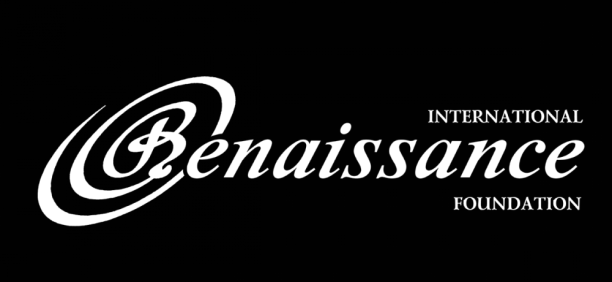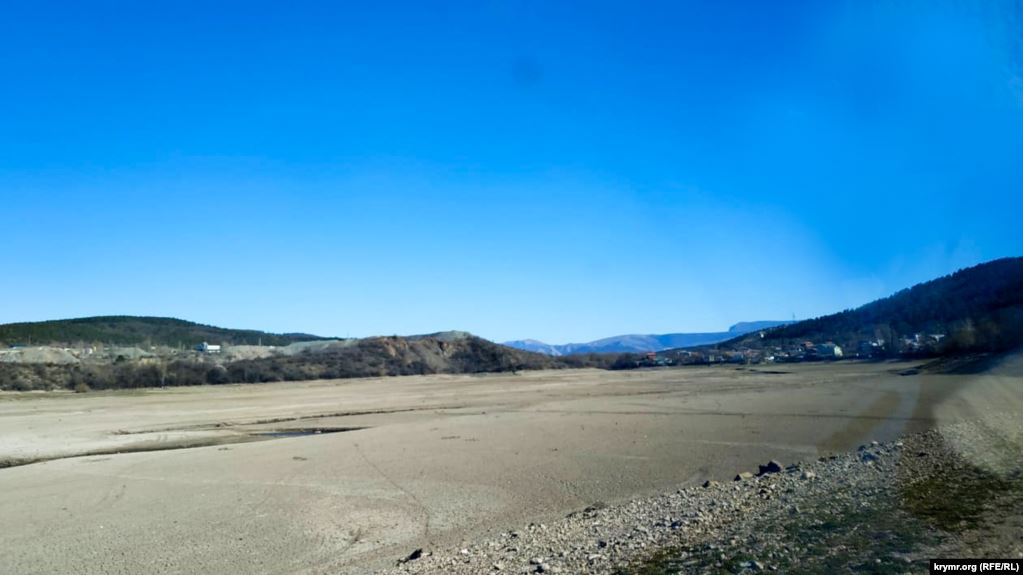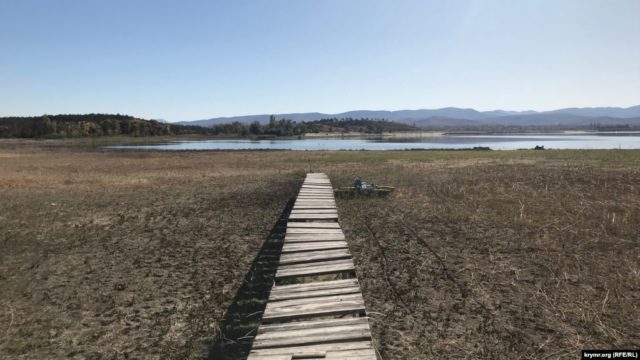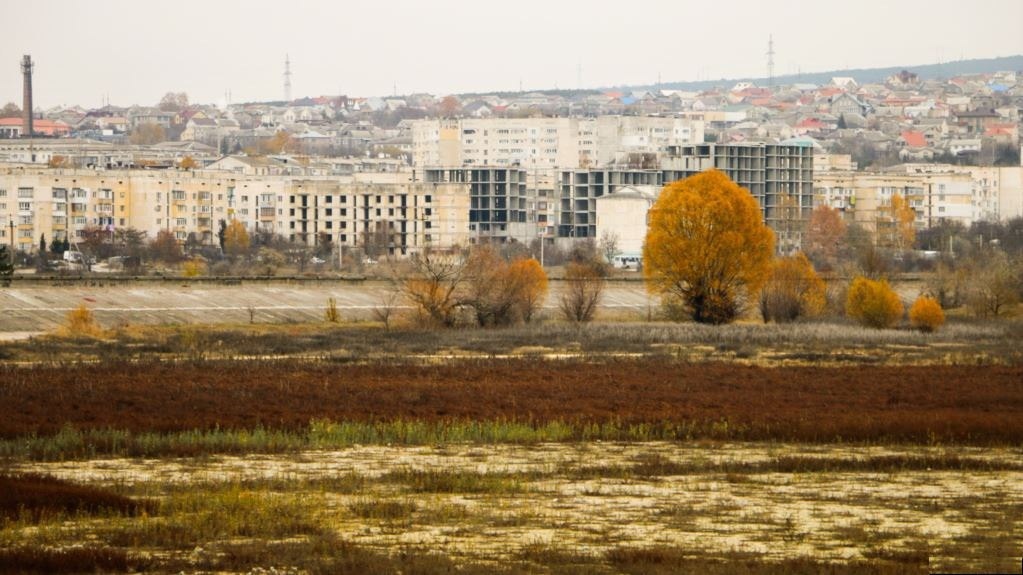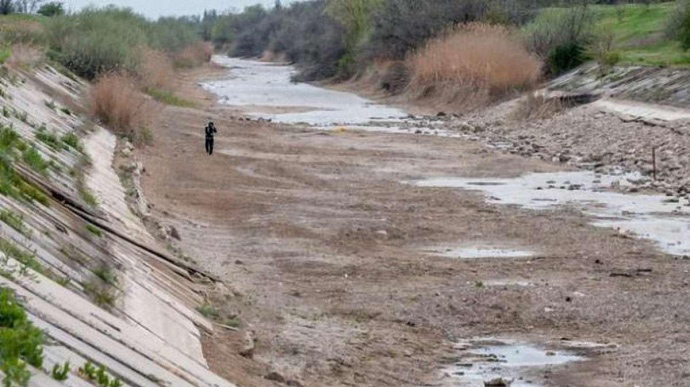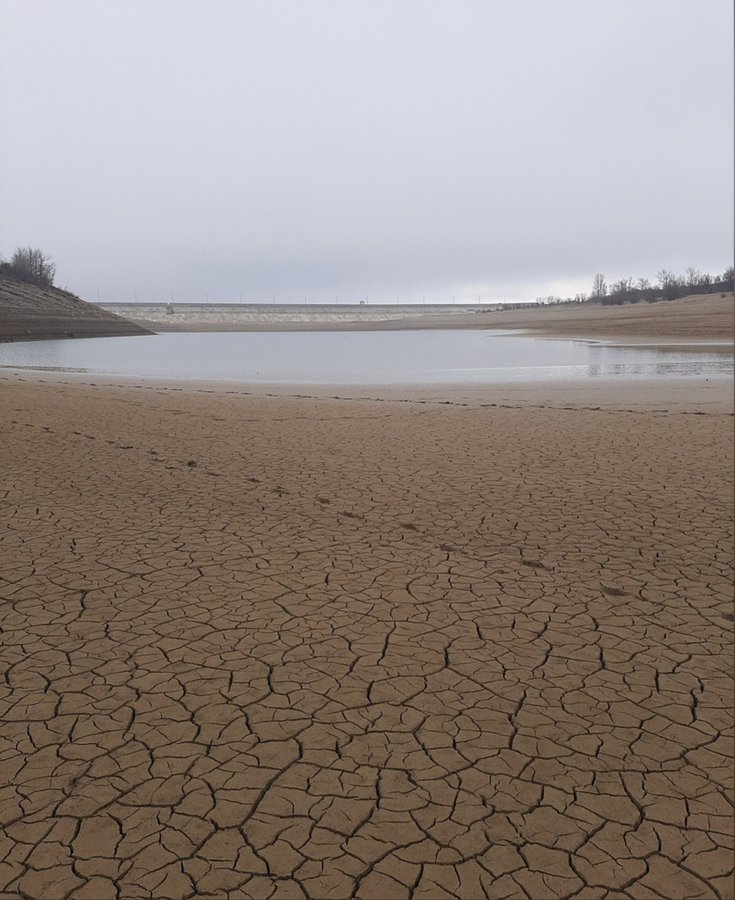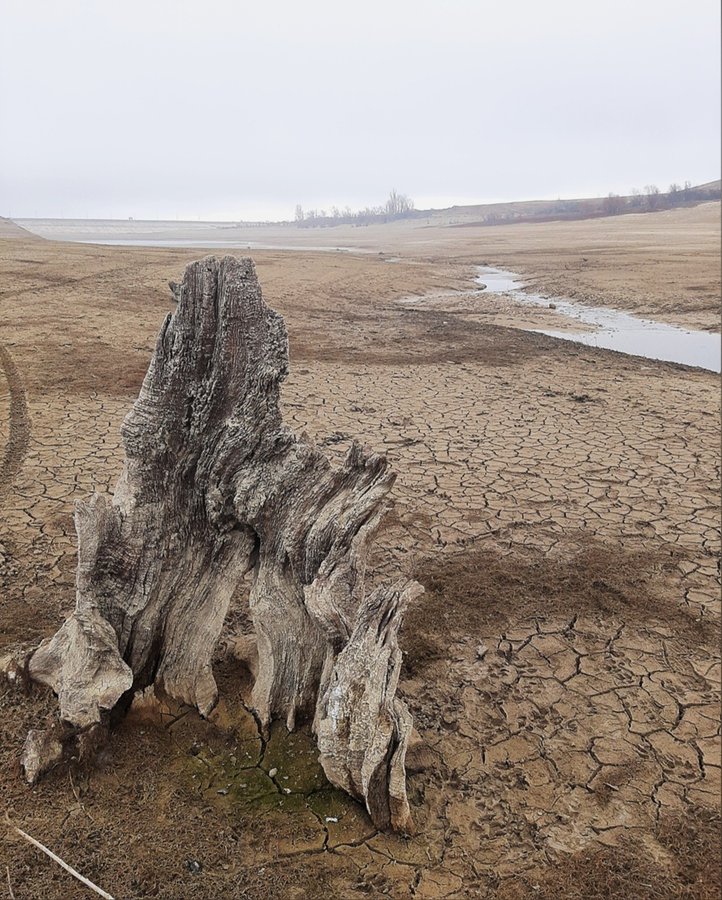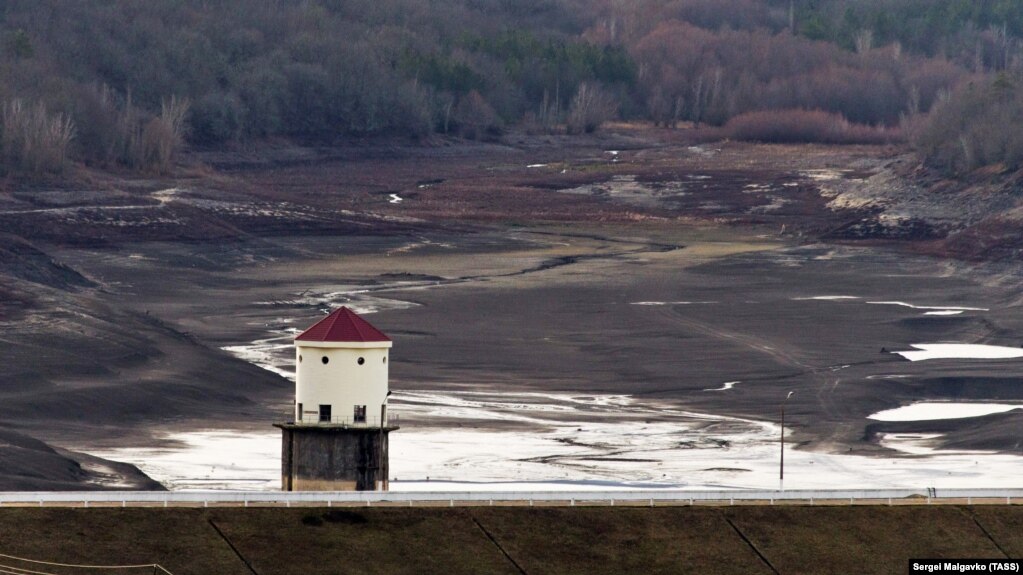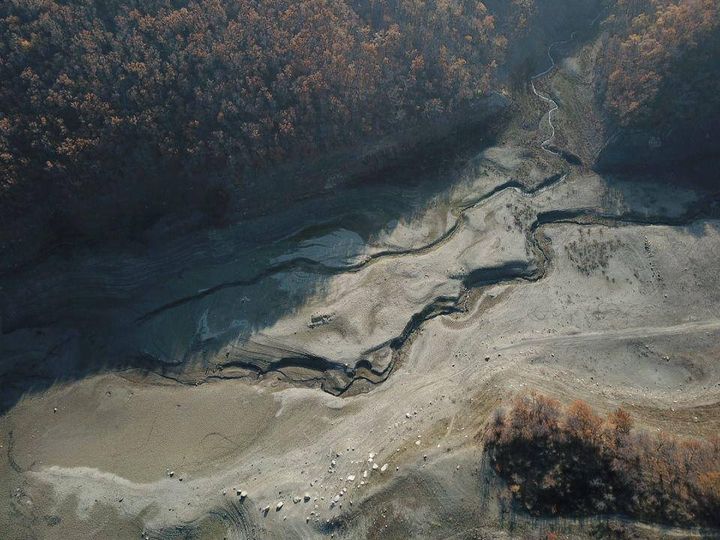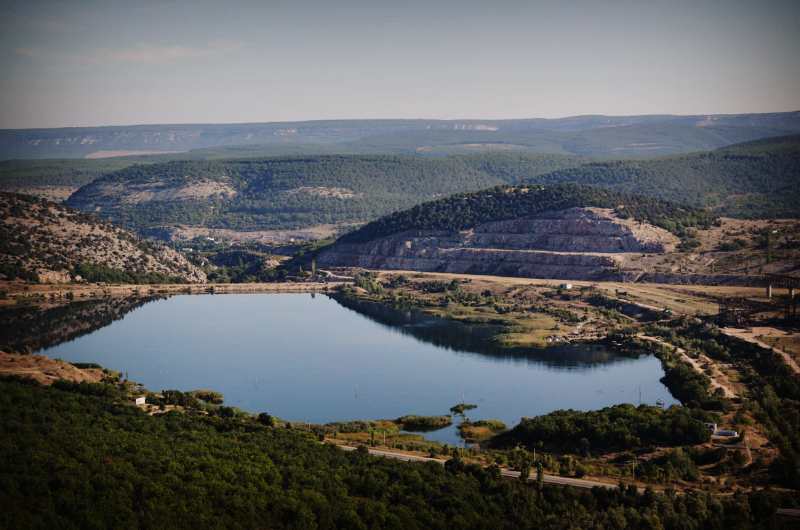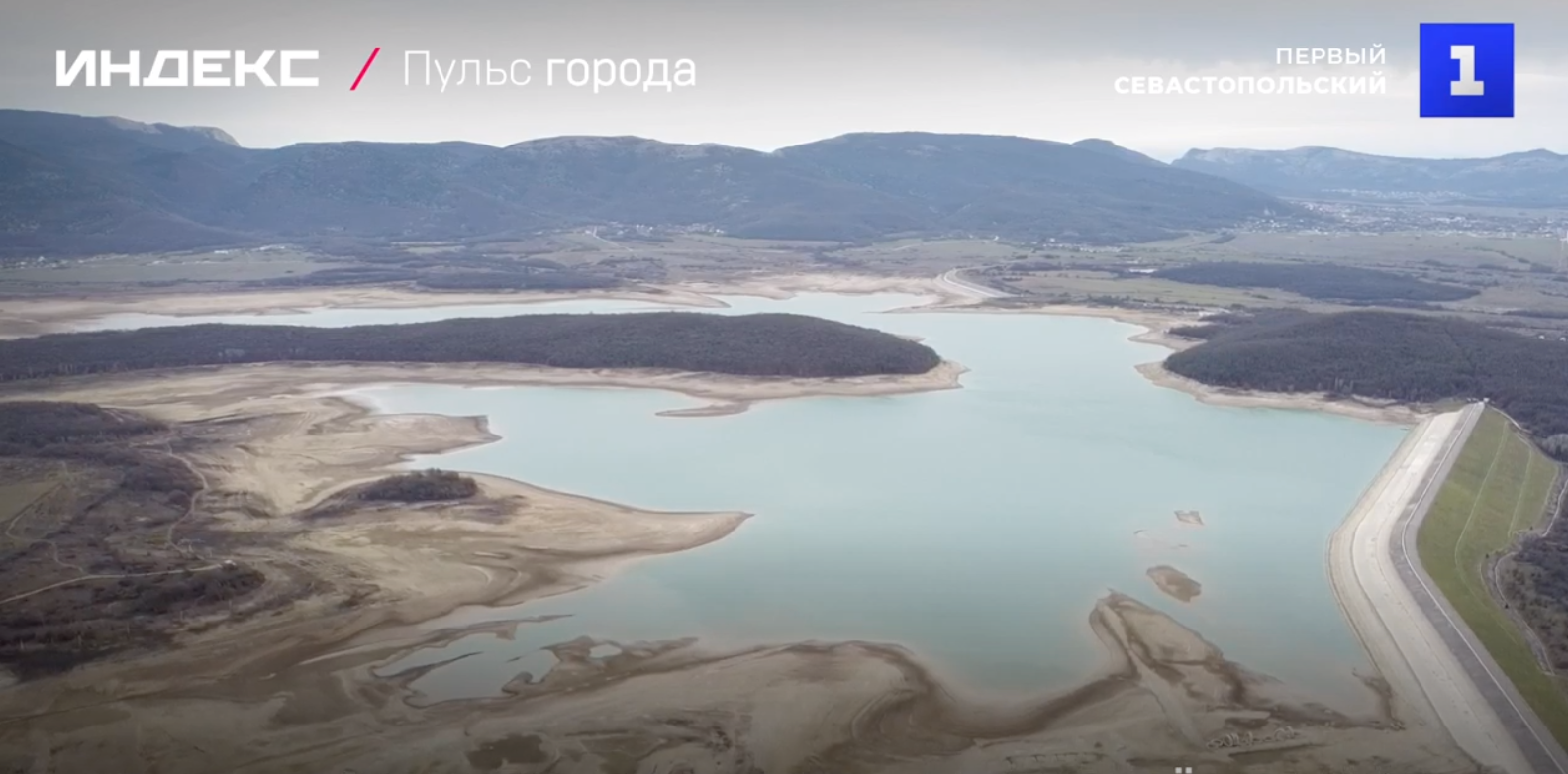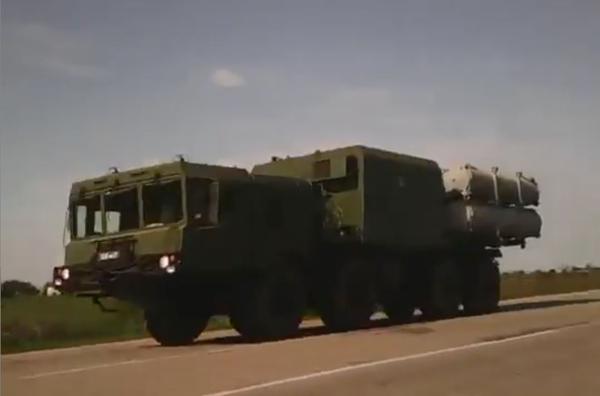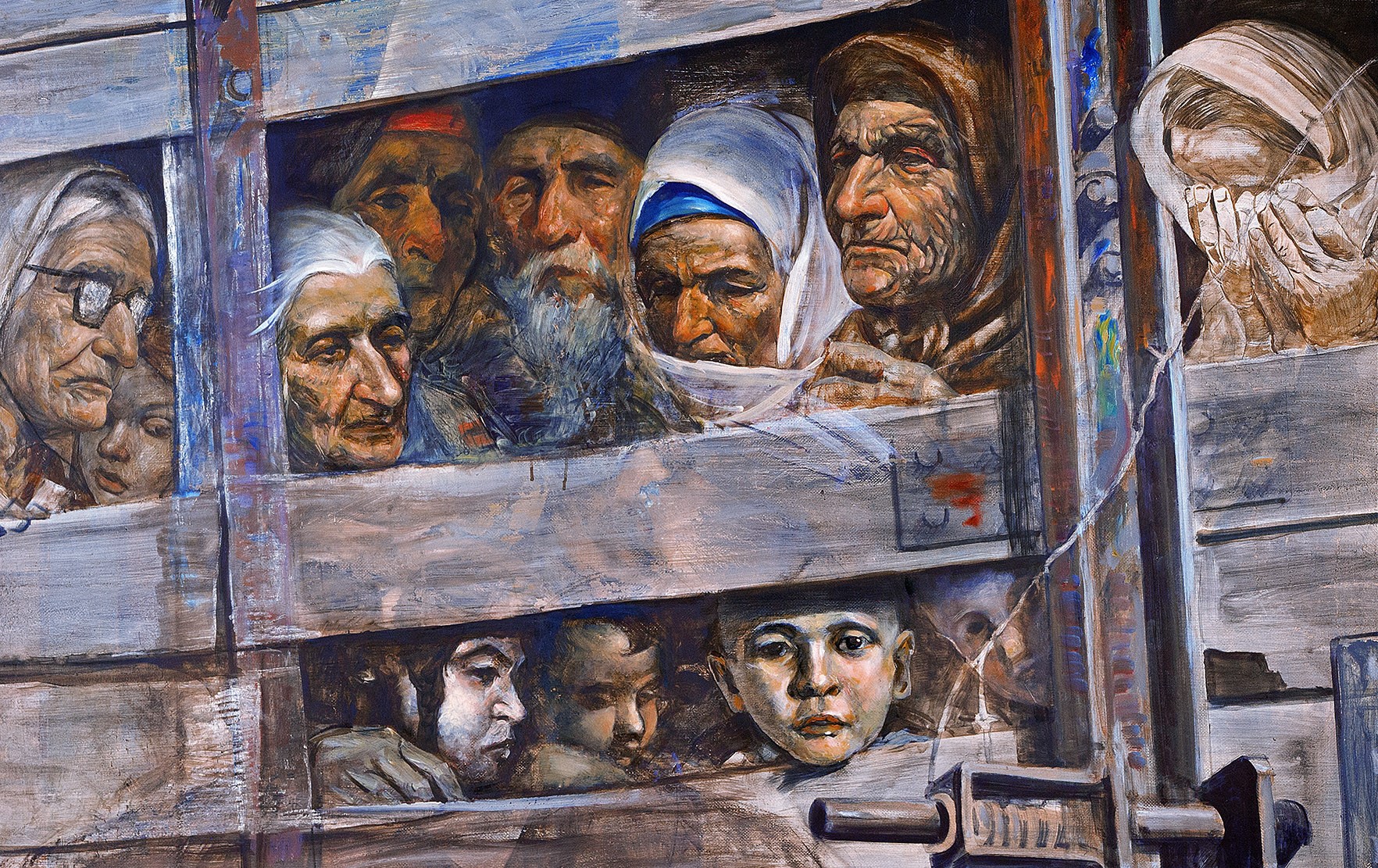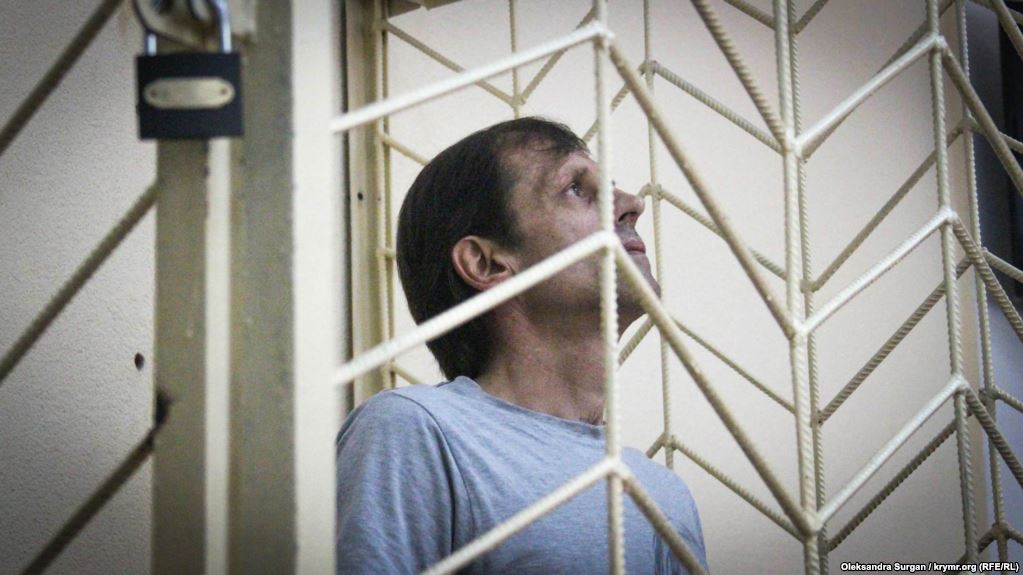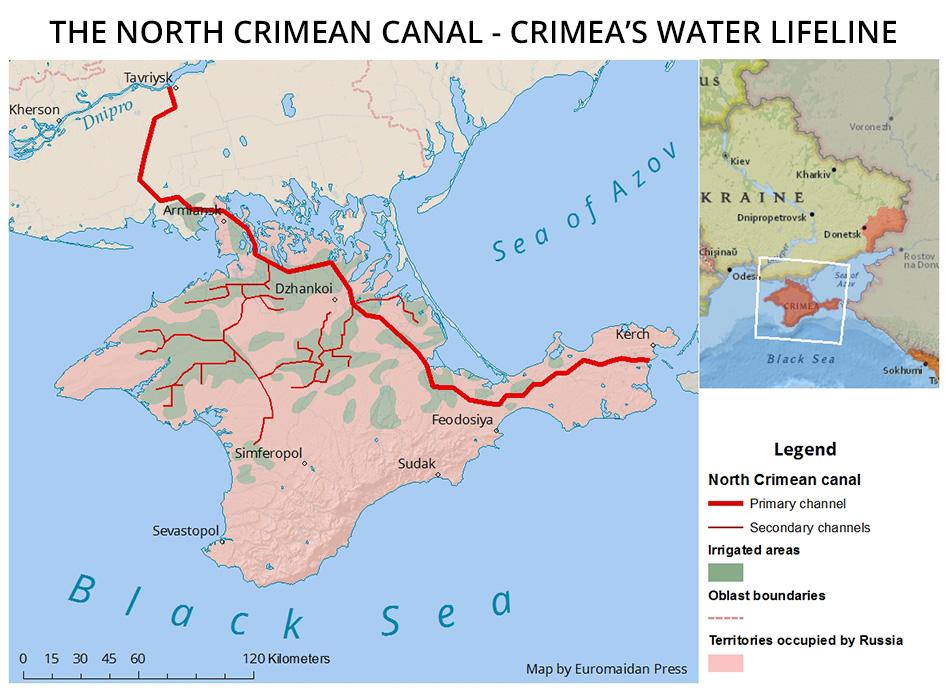
The Ukrainian commentator says that Russian talk about building desalinization plants will lead nowhere. Such plants are expensive, can’t make up for the loss of water from the mainland, and worse result in salt byproducts that are hard to dispose of.
Consequently, he argues, Moscow will be forced to put more pressure on Kyiv in the hopes that the Ukrainian authorities will release enough water for Kyiv to avert a humanitarian and economic disaster. Obviously, Ukraine is reluctant to do anything to ease the plight of the occupying authorities but it can’t ignore that of the Ukrainian people living under Russian rule.
The Kremlin will undoubtedly continue to use diplomatic and media campaigns to try to get Ukraine to change course on this issue. Indeed, it is already doing so. But as conditions deteriorate this spring and summer, Moscow may conclude it has no choice but to adopt even tougher methods.
One of those, although Kazarin does not mention it in this case, would involve a military move to seize water supplies in southeastern Ukraine, a possibility that Kyiv is already preparing for but one that is all too real, especially as Moscow can be counted on to blame any further aggression by Russian forces on Ukraine for not releasing water.
Further reading:
- Russian-occupied Crimea running out of water despite snowy weather – with Moscow still searching for way out
- Occupied Crimea not only part of Ukraine suffering from water shortages, Balabukh says
- Putin claims mounting crisis in occupied Crimea can be reversed by fresh water supplies under Azov Sea
- Crimeans have tap water only six hours a day as all Russian attempts to hydrate occupied peninsula fail
- Unprecedented drought hits Russian-occupied Crimea
- Could Ukraine have fought off Crimean occupation? A crucial document you should know
- Russia’s replacement of population in occupied Crimea violates Geneva Convention – UN report
- Critical water shortage in Crimea may prompt new Russian attack against Ukraine
- Russia can’t solve Crimea’s water problem
- The risk of water shortage and implications for Ukraine’s security
- Documentary “Crimea. As it Was” shows the very beginning of Russia’s occupation of the peninsula
- Crimean history. What you always wanted to know, but were afraid to ask

